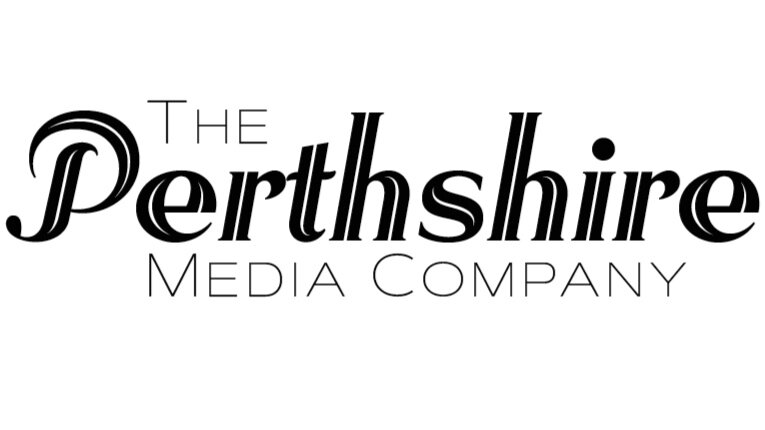How to find your brand voice
At the Perthshire Media Co we often talk about your brand ‘voice’, but what does that mean and how do you get one?
Put simply, your brand voice is the general tone of what you say. Some brands are known for being light and amusing, others are more weighty and measured. There are lots of different tones to choose from, but your brand voice should be two things — unique to you, and in keeping with your business identity.
If your brand voice isn’t unique to you, especially as a small business, then you’re doing it wrong. That’s because you are unique! No one else is quite like you, so don’t make the mistake of taking too much personality out of your business. Social media has brought about lots of big business changes and one of them is undoubtedly that people now want to see and connect with the person or people behind a brand. Authenticity is key, so that means maintaining a balance between being professional and still being yourself.
That’s the part about you, but next you need to think about your audience. Equally as important as being authentic is matching your tone of voice to what you do, and what your customers would like to get from you. For example, if you’re in the hospitality industry you will likely want to sound warm and welcoming. If you’re an accountant you’ll probably want to sound efficient, but also sympathetic to your clients’ financial challenges. If you’re a family activity provider you might go for fun and bubbly.
Whatever you do for a living, show in your choice of words and tone what your customers can expect from you. It helps to picture your ideal client as you create your brand copy, and imagine how you would actually speak to them if they came to your premises or phoned up with an order.
The third important thing to know about your brand voice is that it should be consistent. Your voice will actually often develop quite naturally as you post on social media, since it’s a fairly relaxed environment and you may not have loads of time to think about how to put what you want to say. And that’s often a good thing, since you’re more authentic that way. The problem arises when the tone of your website doesn’t match.
Businesses can spend a lot of time and money on their website and of course they want it to be just right. But this often results in overly formalised, stiff writing, simply because it’s been overthought. Website are too often written in a passive voice, which makes them a bit dull and un-engaging. They can be devoid of personality, or too inclined towards over-description. Here’s an imaginary example:
The relaxing new Perthshire Bistro is ready to welcome guests to its comfortable seating with an incredible vista across the fields of Kindallachan. The brand new menu reflects the beautiful rural countryside surroundings, featuring fresh and delicious local produce to create a one-of-a-kind, unique dining experience.
While this short description does a good job of explaining what to expect, and as a general style can work for some brands, it’s not as compelling as it could be. It’s overly descriptive (you don’t need rural and countryside, one-of-a-kind and unique!), but the main problem is that it’s not addressing the customer directly, getting them to imagine themselves there. Here’s a less passive, less formal version:
The new Perthshire Bistro is ready to welcome you! Come and relax in our comfy seating with open views over the Kindallachan fields. Our delicious menu uses fresh local produce that reflects our countryside surroundings and will provide your whole family with an unforgettable lunch or dinner.
While this may be less polished, it is easier to follow and more motivating to read, because it’s addressing the audience directly and doesn’t have lots of extra words to wade through. The simplified wording still includes all the information from the first example, but also shows that it’s family friendly, and serves both lunch and dinner. It also doesn’t make promises that sound exaggerated, like ‘incredible vista’ in the first example.
So, what should you do if you’re unsure about your brand voice after reading this article? Well, think about the tone that’s right for your businesses audience. Make sure it’s still authentic. And take a look at your last few social media post captions and compare them to your website. Are they clearly written by the same brand? Are they compelling and motivating? If not, it might be time for a website edit.
This article is from the August issue of The Perthshire Magazine: https://issuu.com/theperthshiremagazine/docs/august_2021_issue_
